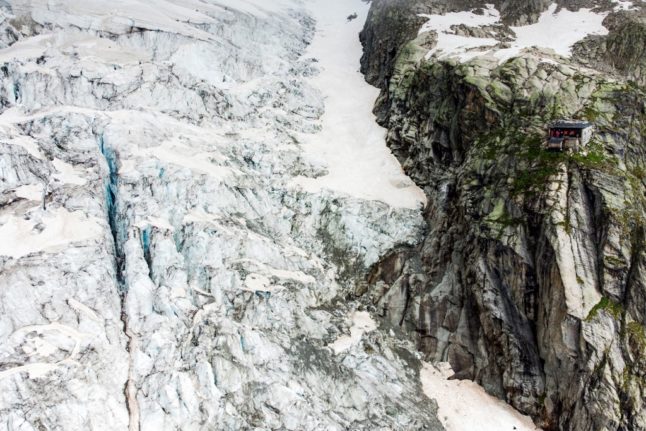Experts quoted by the Corriere della Sera daily said they feared further collapses of ice after the deadly avalanche on the mountain of Marmolada, the highest in the Italian Dolomites, near the hamlet of Punta Rocca
Massimo Frezzotti, a science professor at Roma Tre University, told AFP the collapse was caused by unusually warm weather linked to global warming, with precipitation down 40 to 50 percent during a dry winter.
“The current conditions of the glacier correspond to mid-August, not early July,” he said.
Glacier specialist Renato Colucci told the Italian agency AGI that the phenomenon was “bound to repeat itself”, because “for weeks the temperatures at altitude in the Alps have been well beyond normal values”.
The recent warm temperatures had produced a large quantity of water from the melting glacier that accumulated at the bottom of the block of ice and caused it to collapse, he added.
The Marmolada glacier is the largest in the Dolomites mountain range, which is part of the Italian Alps and situated on the northern face of Marmolada.
The glacier, nicknamed “the queen of the Dolomites”, feeds the Avisio river and overlooks Lake Fedaia in the autonomous Italian province of Trento.
According to a March report by the UN Intergovernmental Panel on Climate Change (IPCC), melting ice and snow is one of 10 major threats caused by global warming, disrupting ecosystems and infrastructure.
The IPCC has said glaciers in Scandinavia, central Europe and the Caucasus could lose between 60 and 80 percent of their mass by the end of the century.
The traditional way of life of people such as the Sami in Finland’s Lapland, who raise reindeer, has already been affected.
Thawing permafrost is also hampering economic activity in Canada and Russia.



 Please whitelist us to continue reading.
Please whitelist us to continue reading.
Member comments